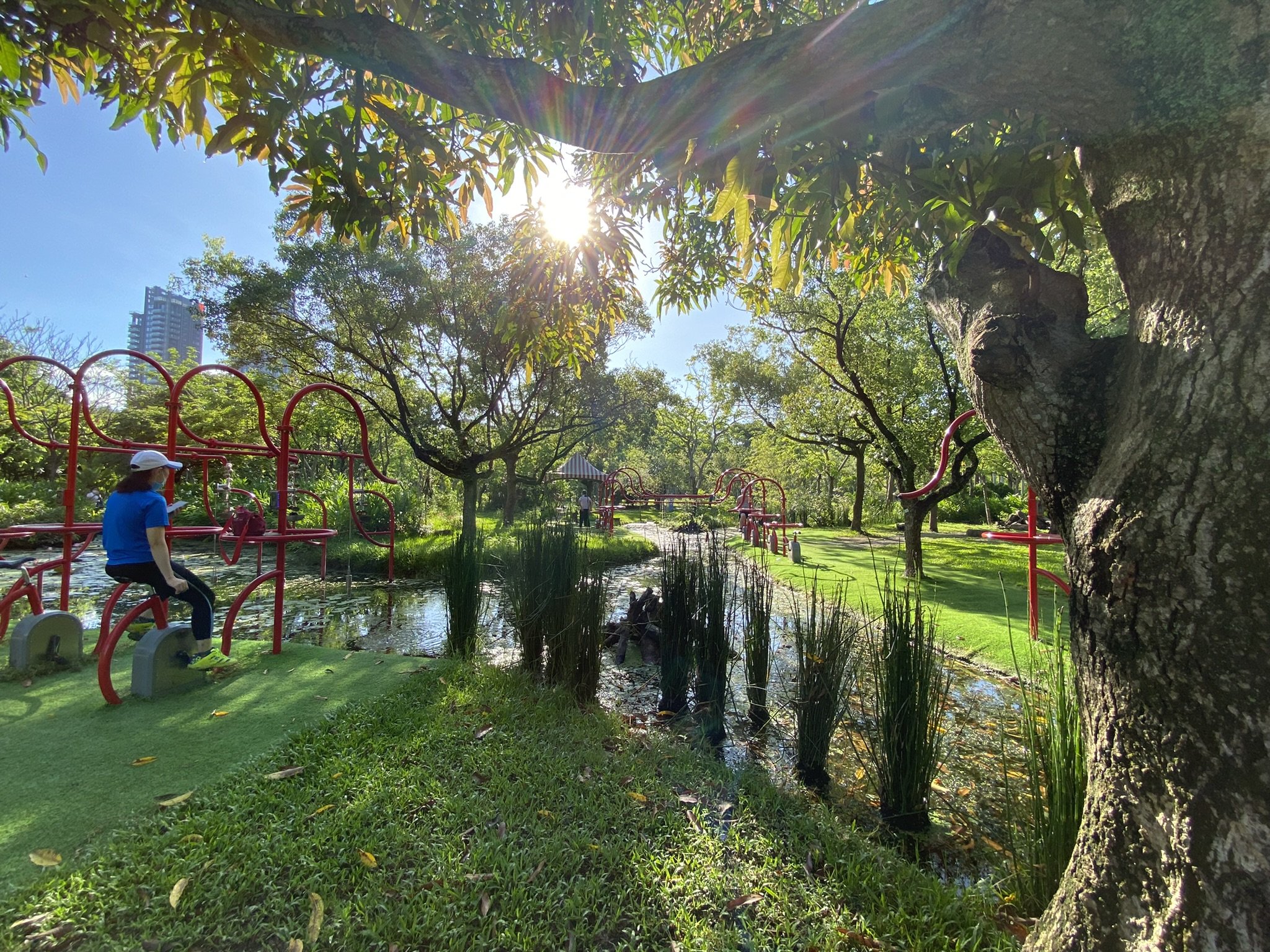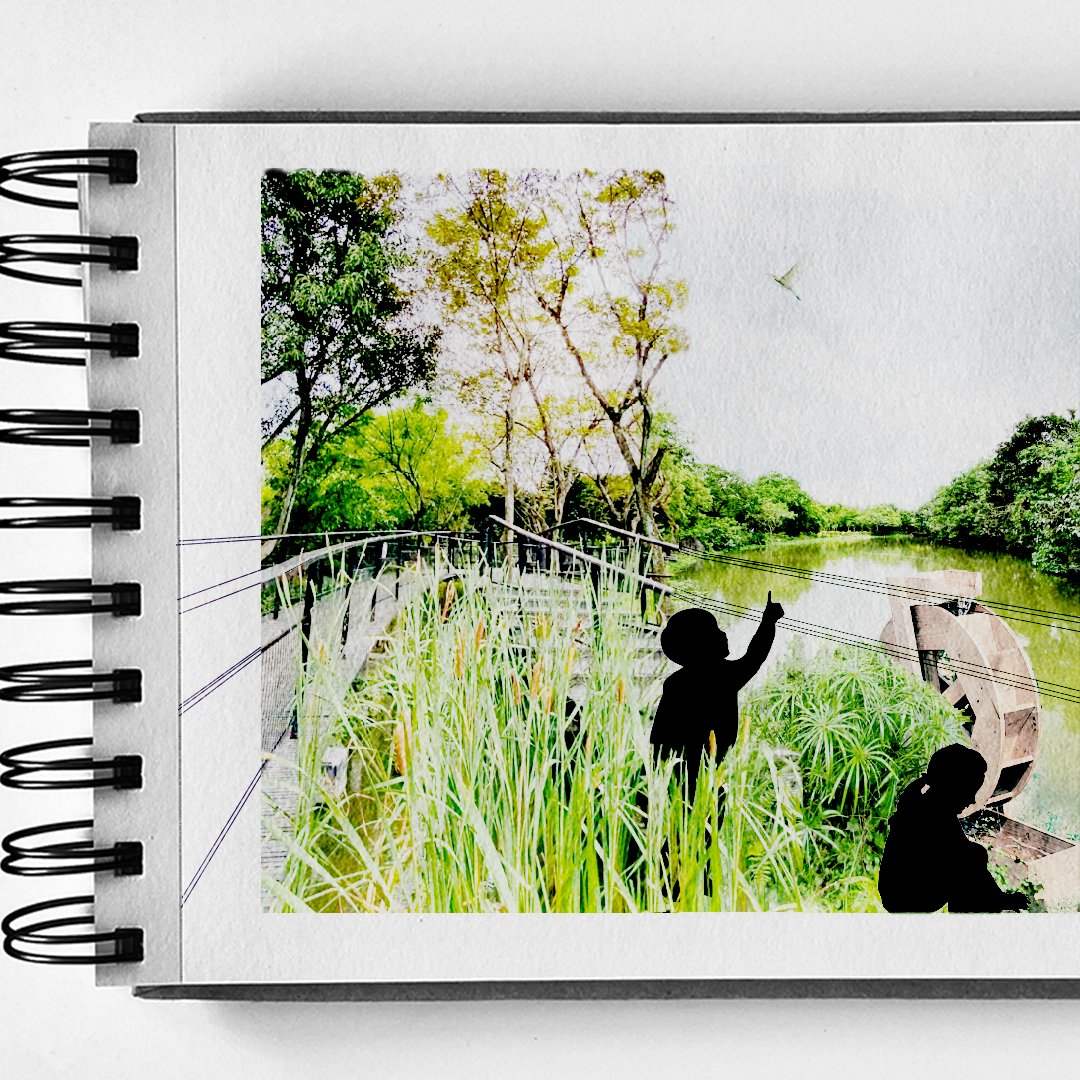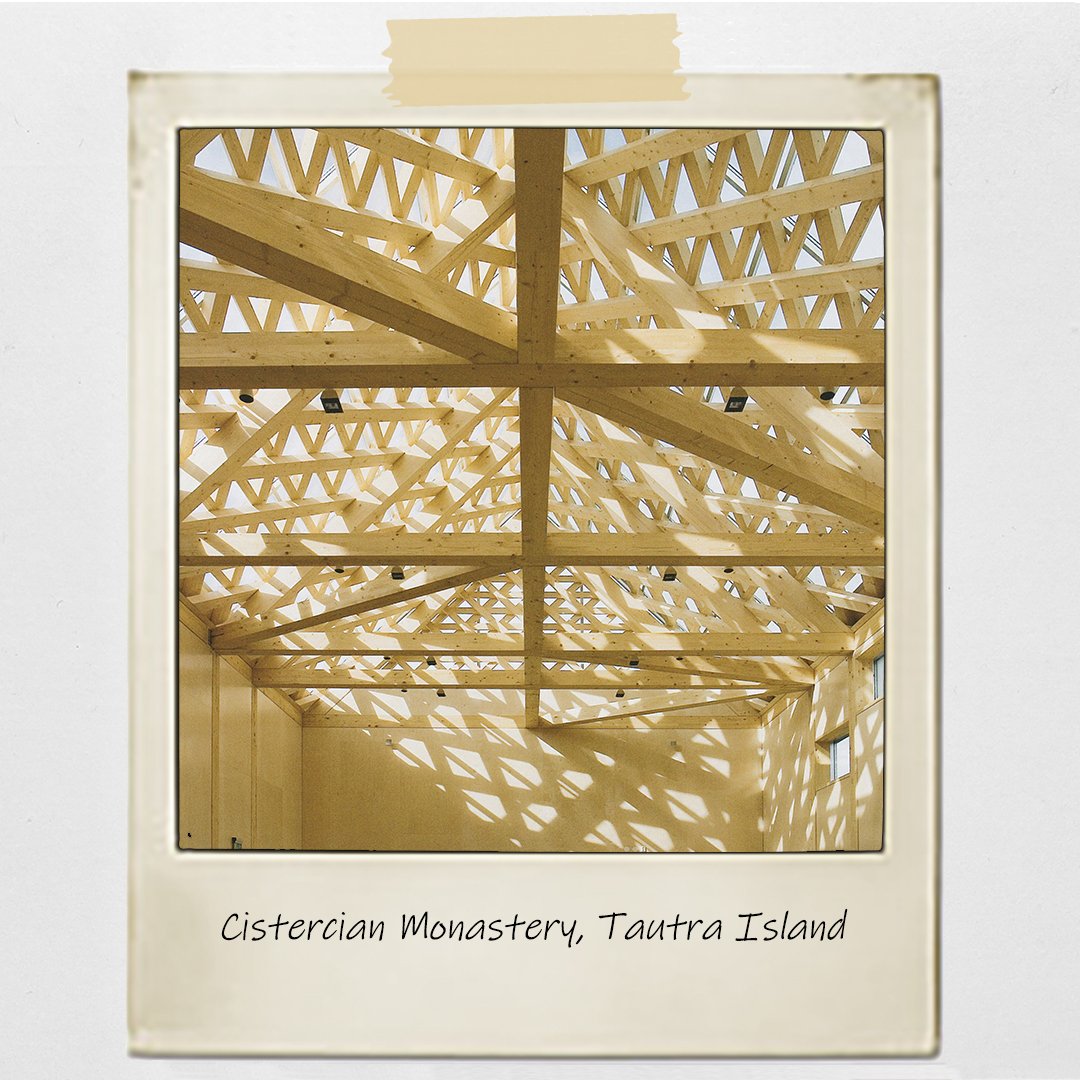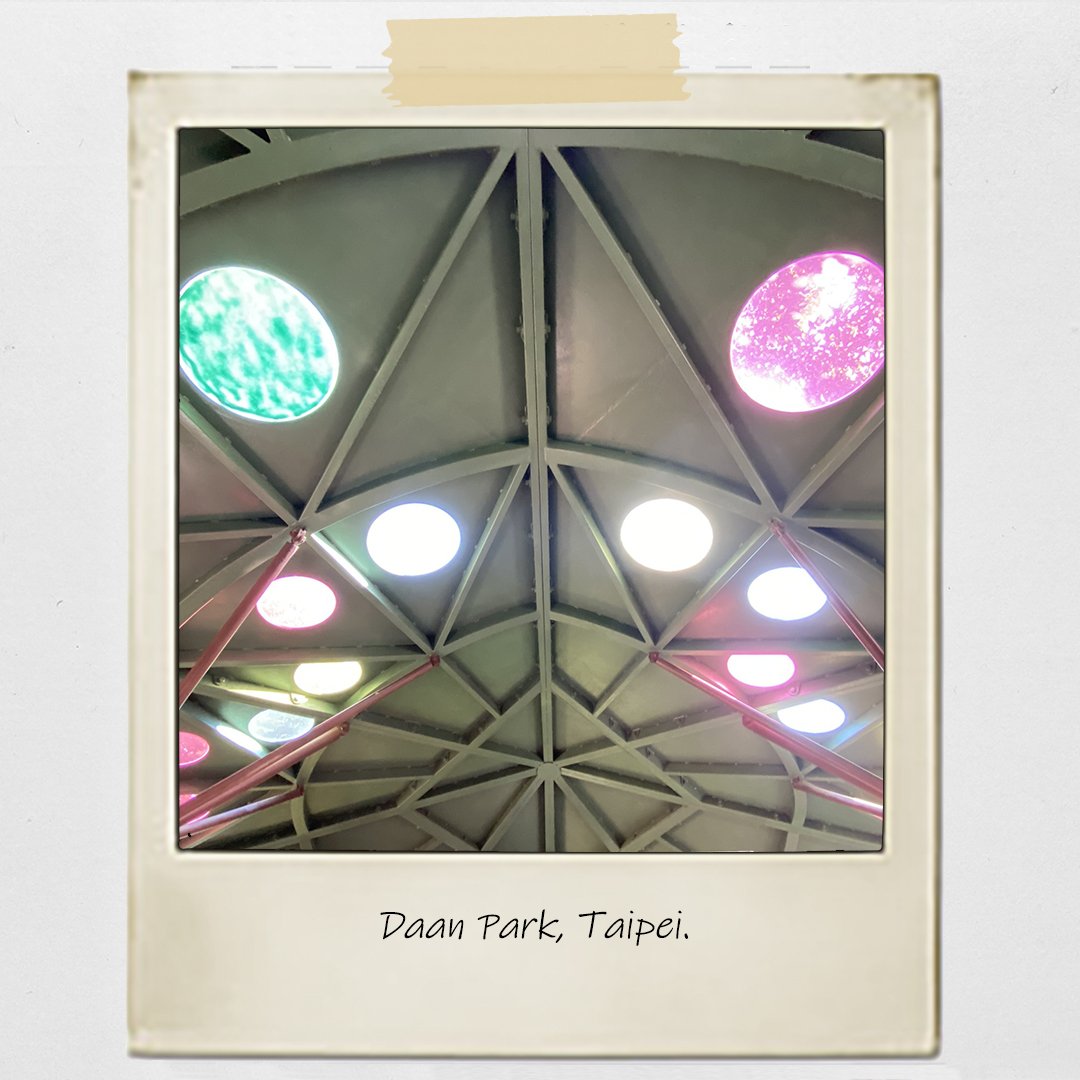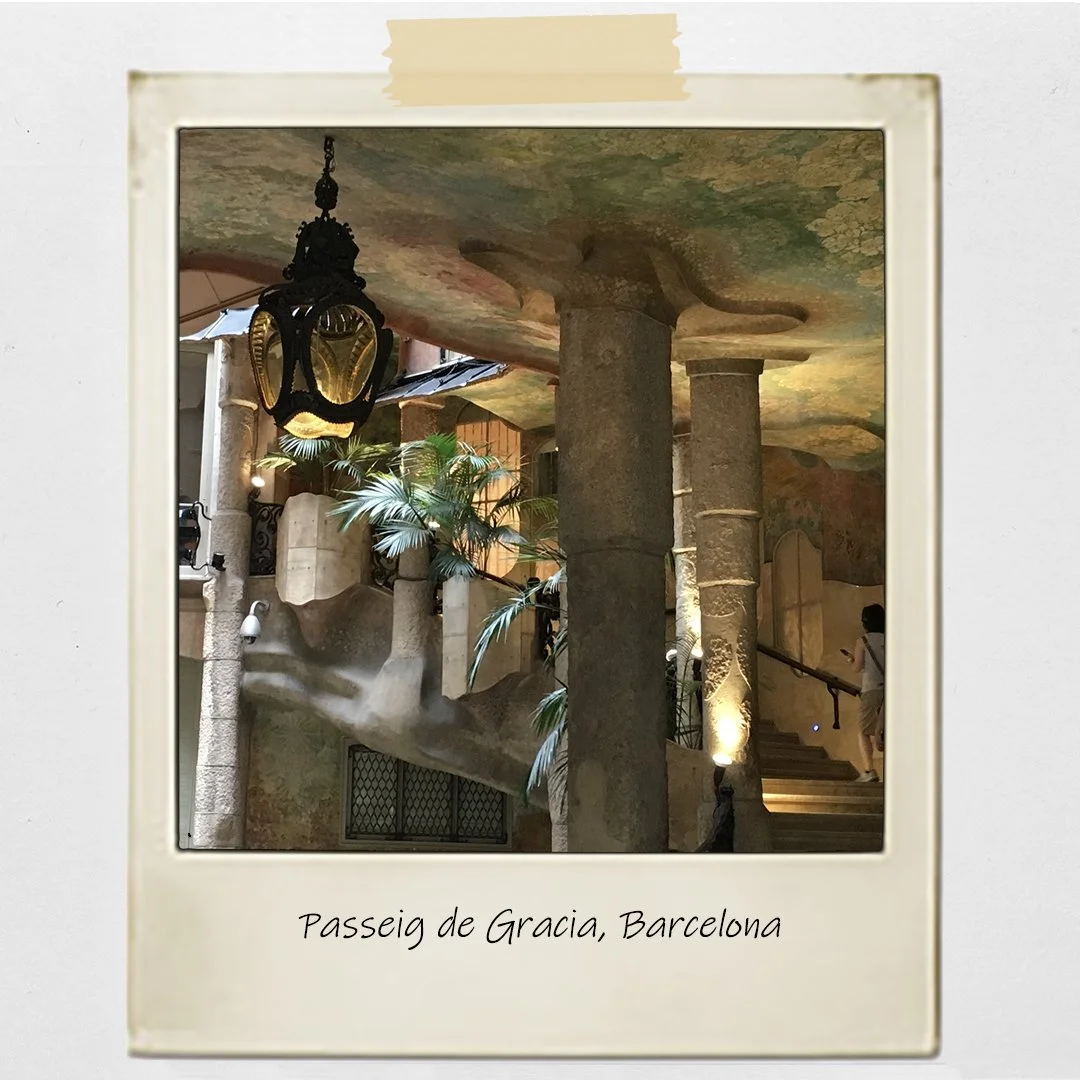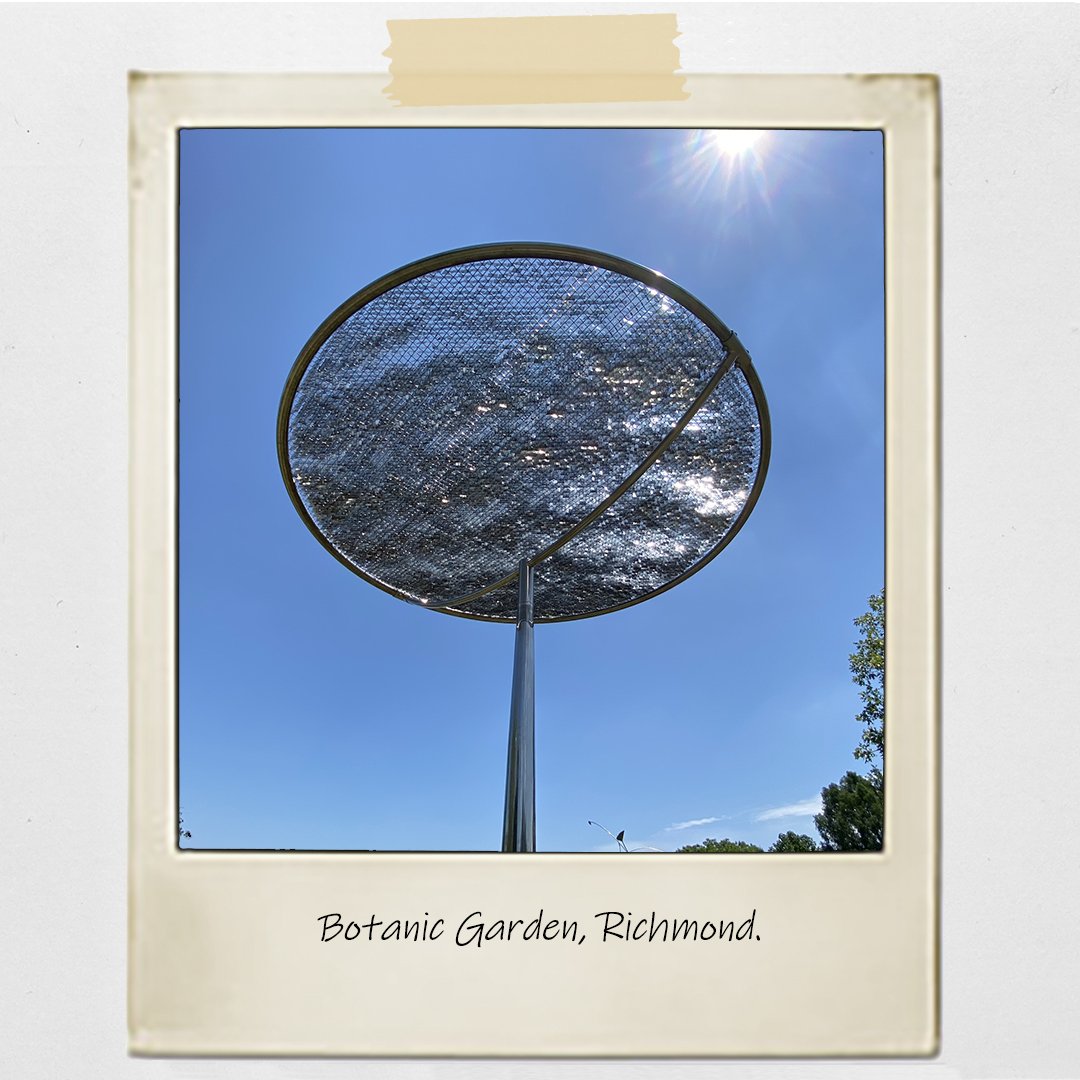Daan Park, Taipei
According to the scientist Kathleen Wolf’s study, "Nature's Riches," having a high-quality nearby nature in our community can have the following benefit:
For infants to have healthy birthweight: According to the study, pregnant women with more tree canopies and green spaces near their homes generally have babies with healthier birth weights. That potentially could have up to $5.5 million in saving on annual healthcare costs.
For children and teens to have alternative treatment for their attention deficit hyperactivity disorder (ADHD): According to studies, kids active within nature or greenspace could reduce ADHD symptoms. That potentially could end up with $396 million to $1.9 Billion of medical savings annually.
For adults to reduce their cardiovascular disease: Studies show people show a slightly reduced risk of cardiovascular disease if their neighborhoods have more excellent coverage. As heart disease is the leading cause of premature death in the U.S, this could potentially save $1.2 billion to $2.3 billion annually in medical expenses.
For the elderly to reduce their chance of falling: Being outside nature will help them exercise more and increase their mobility, reducing falls and their consequential medication. That could save up to $1.7 billion to $2.4 billion in healthcare annually.
So how can our playground fit into this economic benefit equation?
The playground is a universal feature in almost every neighborhood. Most are amenities in a nearby park, sometimes within a gated community. Regardless of their locations, there are several ways to make better investments in our playground.
Make the playground to help nature grows
Not all playgrounds are installed in a park; therefore, it is essential to use a playground as a tool to help grow nearby natural landscapes. Several playground elements could help us reach the sustainable goal.
Stormwater management:
Use impervious pavers and materials
Increase the likelihood of installing green roofs,
Add cisterns to collect and recycle water, and
Use low-impact design (rain garden, bioswale) to clean and stabilize stormwater runoff.
Heat island mitigation:
Increase vegetated areas with more trees, plantations, and green walls.
Use high-albedo pavement to reduce the heat coming from the surface.
Make the playground so that every age group enjoy
Infant Area: The area for infants needs to be separated and near toddler play. The space should provide a visual and audible connection that exposure to nature. The surface has to be soft and colorful for the infant to explore.
Toddler area: The toddler's environment should stimulate various senses for various movements and challenges, and A resilient surface must surround all play structures. Many simple but versatile semi-closed spaces also meet their interests.
Preschool: The area supports creative play, exploring nature, and beginning to engage in social play. A large open-ended playfield and superstructure also offer many activities that meet their physical and intellectual need. A playhouse and enclosed structure will help them explore their creativity.
Adult: Adults use the playground mainly because they have to supervise their kids. Placing seating, tables, and shades surrounding each play area and letting users directly see the playground center is essential. So they can enjoy a good conversation with other adults while watching kids play.
Oasis-schoolyard Initiative:
In Paris, there are 70 hectares of schoolyard surface. The current issue with many schoolyards is that many are paved with impermeable and rigid materials, which prevent stormwater runoff and also cause the heat island effect. The other problem is that those schoolyards are closed to the public during weekends, and residents who live close to the school cannot use its open space outside school hours. That also reduces the chance for its neighborhood community to mingle and socialize. Thus this oasis initiative centered on using its playground and courtyard to help mitigate climate change impact.
Design the playground with biophilia aesthetics
A collage shows possibility of making biomorphic forms and patterns in our greenspace and its nearby structure. The kinetic metal flowers by Joerg Student is currently displayed in Silver Spring. The other sculptures are chimney forms from Gaudi’s projects.
"Nature holds the key to our aesthetics, intellectual cognitive and even spiritual satisfaction." – Edward O. Wilson.
The term biophilia was first coined by social psychologist Eric Fromm in 1964 (in the book 'the heart of man') and later popularized by biologist Edward Wilson (in his publication 'biophilia' in 1984). As Wilson discovered that humans are hardwired to find a particular scene of nature calming and therapeutic and "have the urge to affiliate with other forms of life and lifelike process."
Based on Terrapin Bright Green, a consulting company based in New York, there are 14 patterns of biophilic design. These patterns are broken down by how they could incorporate those design elements we introduced previously. Below are examples of how to creatively apply these patterns to enhance the wellness aspect of playgrounds.
A tree house collage illustrate a pattern of ‘visual connection with nature.’
A collage illustrates the pattern of ‘connection with natural system.’
Visual Connection with Nature
Non-visual connection with Nature
Non-Rhythmic Sensory Stimuli
Thermal Airflow Variability
Presence of Water
Dynamic and Diffuse Light
Connection with Natural System
Biomorphic Form and Patterns
Material Connection with Nature
Complexity and Order
Prospect
Refuge
Mystery
Risk and Peril
A collage illustrates the pattern of ‘Refuge’
A collage illustrate a pattern an indoor playground can also have presence of water and connection with plants. The image background is Atocha station in Madrid. The view of this space is a pattern of ‘Prospect’.
What's the takeaway
Accessibility and safety are the base measurements of our quality of life. Adding sustainable tips and design with biophilic principles to our playgrounds will enhance our natural environment and well-being, leading to a better physical and financial life.
Images are the examples of ‘dynamic and diffuse light’ pattern.
‘Dynamic and diffuse light’ pattern is applied to the shading and art installation.
Image explains a ‘mystery’ biophilic pattern.
Notes and Reference:
Kathleen L.Wolf, PhD. ‘Nature’s Riches: The Health and Financial Benefits of Nearby Nature’. (2016)
Those biophilic design principles can apply both indoors and outdoors. Many indoor spaces can also have features such as a playground. The playground defined here is not limited to the outdoor area. It is more common to see biophilic patterns applied in interior space because people used to think that open space is equivalent to nature, which is not entirely accurate.
Oasis courses - City of Paris, accessed 10.1.2022
According to Green Tree Report from Montgomery County, there are 37,110 acres of managed green space, this includes 274 playground and 136 picnic area. Translate that number with our current population means every twenty eight county’s residents can benefit from one acre of green space, and every 2,500 residents could enjoy at least one nearby playground or picnic area.
The following list is an example of resilient surfaces commonly used at the outdoor playground for your reference.
Poured-in-place rubber (PIP): Poured-in-place rubber is a synthetic material layering with a wearing course and rubber attenuation layer.
Tiles: Tiles are bonded rubber as a 2by2 square with interlocking sides.
Engineered wood fiber (EWF): Commonly known as 'playground mulch, it is a surface material with high-impact absorbing qualities. They are made of natural softwood and are one and two inches long.
Hybrid Surface System (HYB): This is the surface combining multiple surface materials depending on the use of the playground. There are three common possible layering: 1. an outdoor carpet over-engineered padding with silicone sand; 2. base consists of a 2x2 pillow filled with shredded rubber and covered by rubber top mats; 3. an artificial turf grass that is combined with drainage board and padding material.
A short video showing how green spaces as part of our daily investment. The Park in the Center of Taipei, Daan Forest Park, Moment Capsule/ Youtube
.

